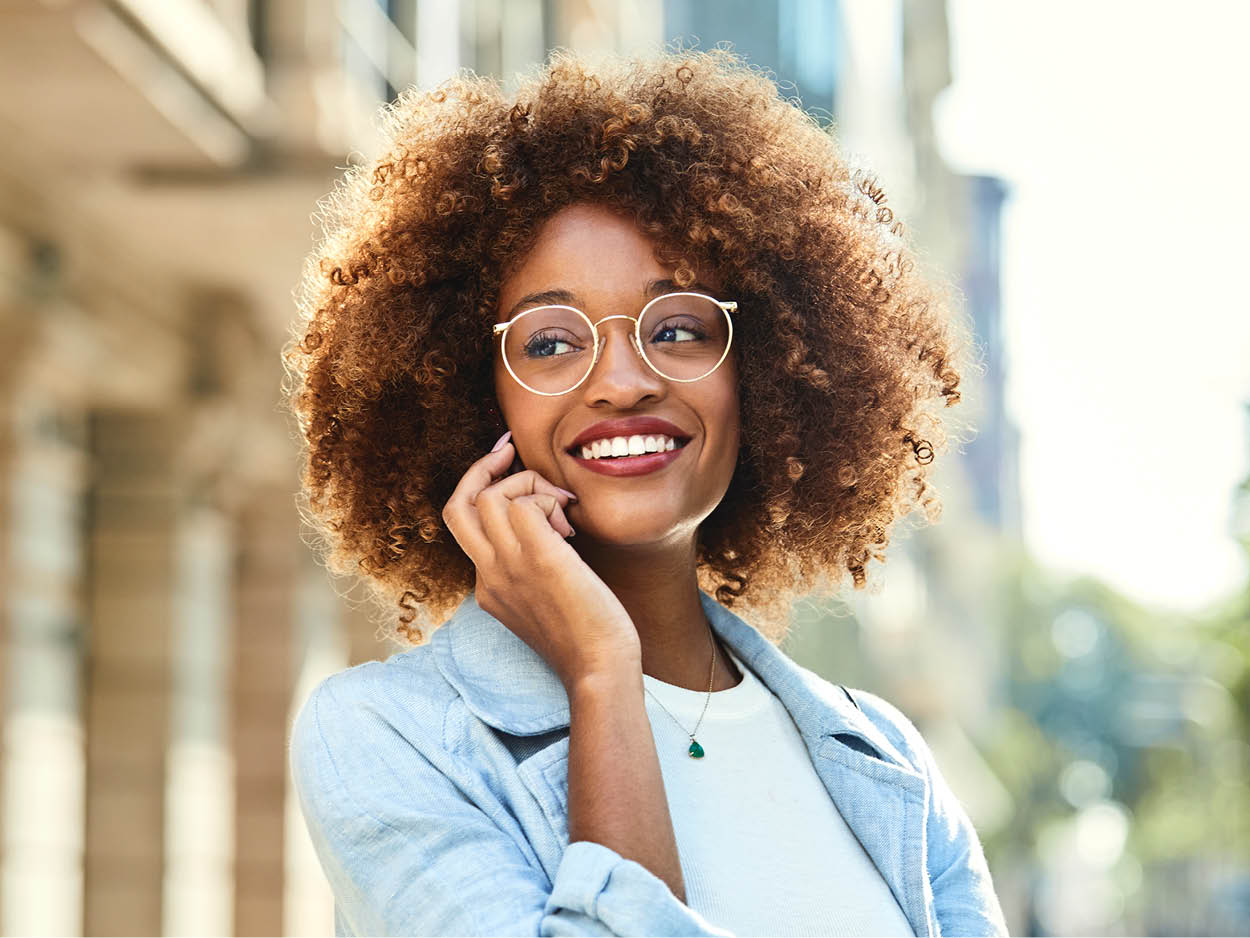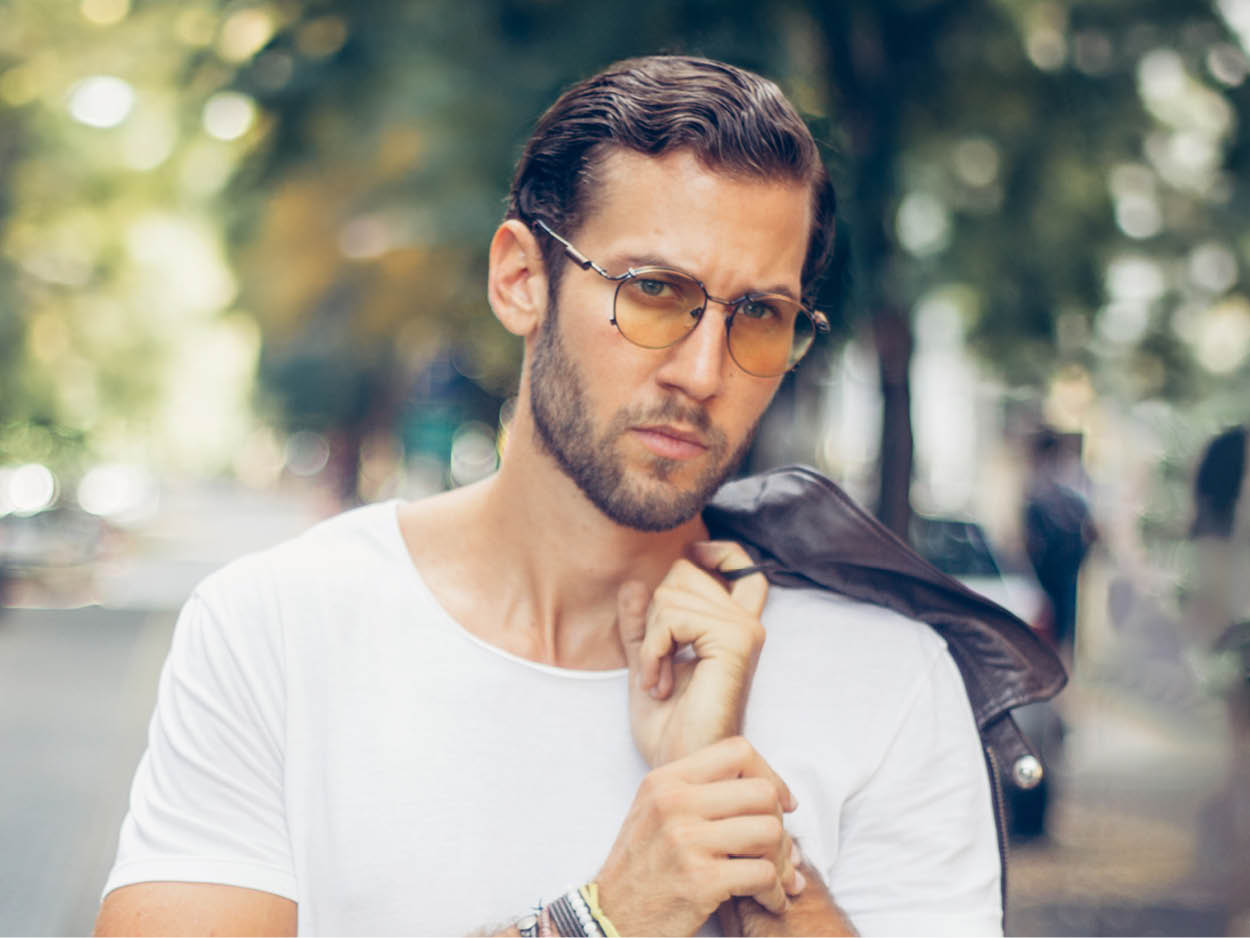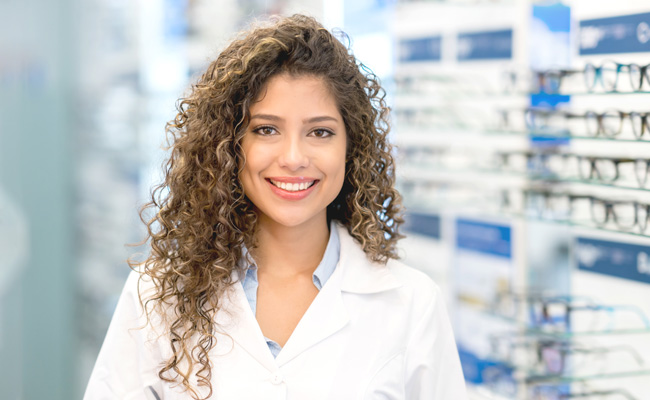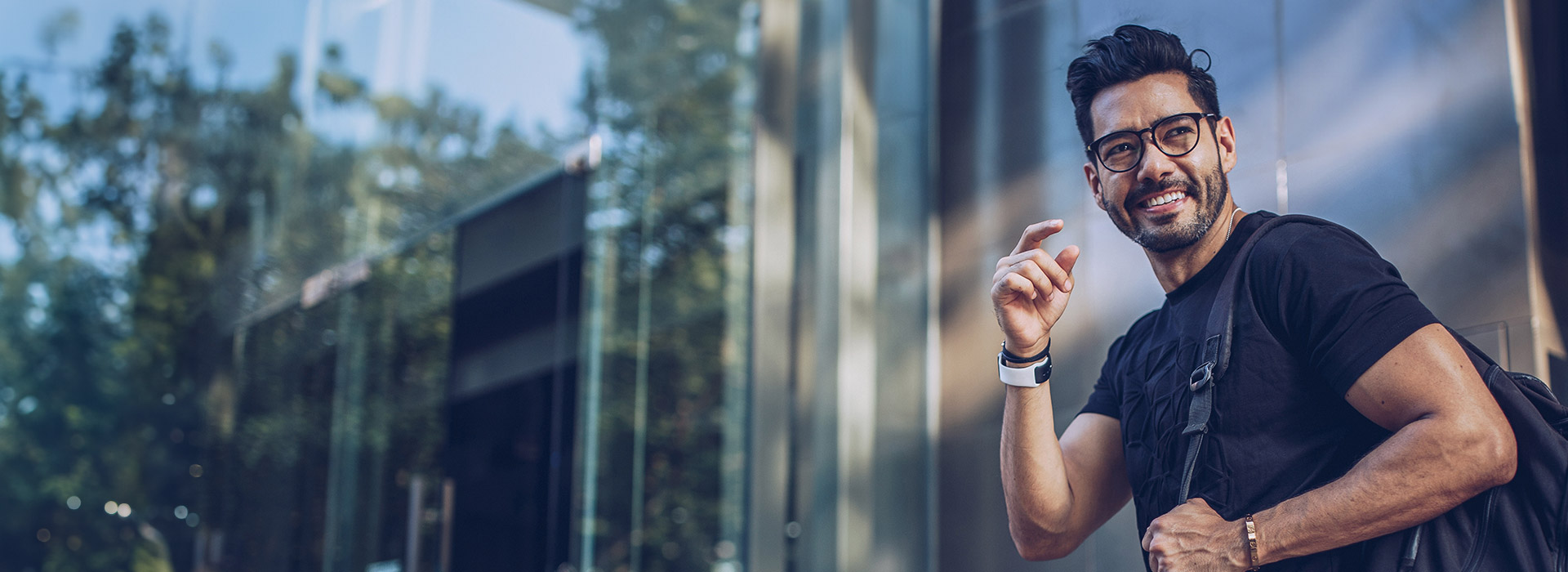Welcome to Cohen's Fashion Optical
Spring into Clear Vision with the Eyecare Visionaries
For over 90 years Cohen’s has been leading the way in fashion, service and expert eye care. Whether you need a simple check-up or specialized treatment, our team is dedicated to providing the highest standard of care for your eyes.
Book Eye Exam
We’ve got you covered
Your eye health is our top priority, that’s why our stores accept most insurance and vision plans. You can also use your FSA and HSA dollars to help pay for your eye exam, eyeglasses, prescription sunglasses and contact lenses.
Learn More
Savings You Can Count On
Explore our special offers on prescription eyeglasses, designer frames and contact lenses. Let us help you find the perfect pair at the perfect price.
See Offers
We Go Beyond Routine
At every eye-exam you’ll receive the highest level of care and personalized attention. Our board-certified Optometrists are trained to perform comprehensive eye exams using the latest technology. From routine eye-exams to diagnosing and treating vision problems, our doctors and eyewear specialists are here to help.
Learn More
Our Products
Whether you’re looking prescription eyewear, contact lenses or simply a stylish accessory, we can help match you with a pair that not only perfects your vision, but looks great, too. We offer a variety of products:
- Eyeglasses
- Prescription and non-prescription sunglasses
- Prescription and cosmetic contact lenses
- Sports and specialty eyewear


